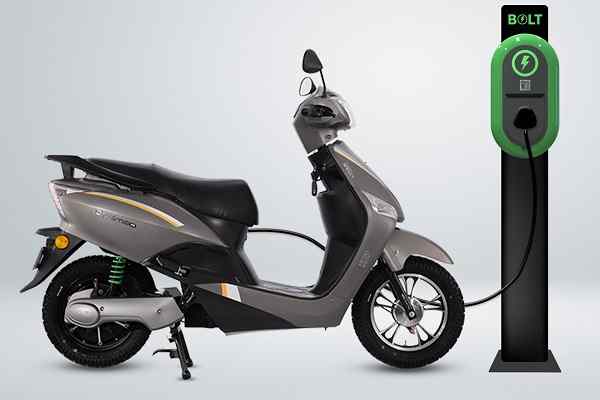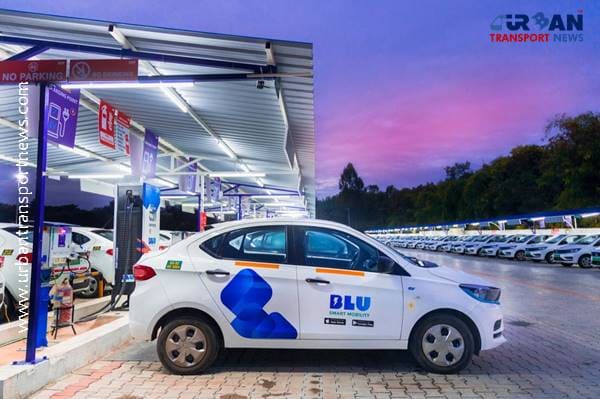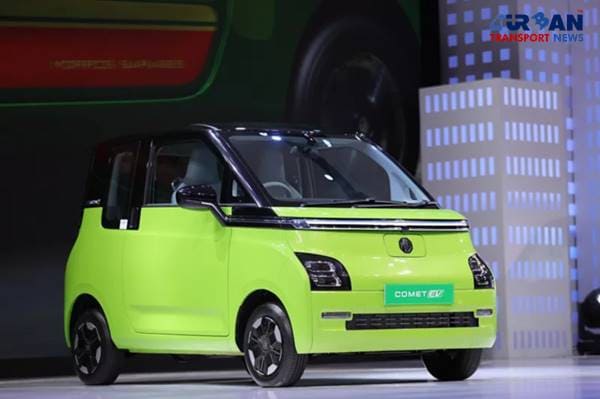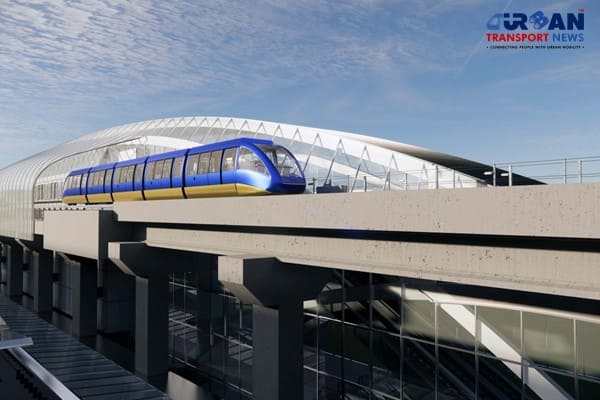 Delhi unveils ambitious Urban Mobility Vision: Luxury Metro Coaches, New Tunnels and Pod Taxi
Delhi unveils ambitious Urban Mobility Vision: Luxury Metro Coaches, New Tunnels and Pod Taxi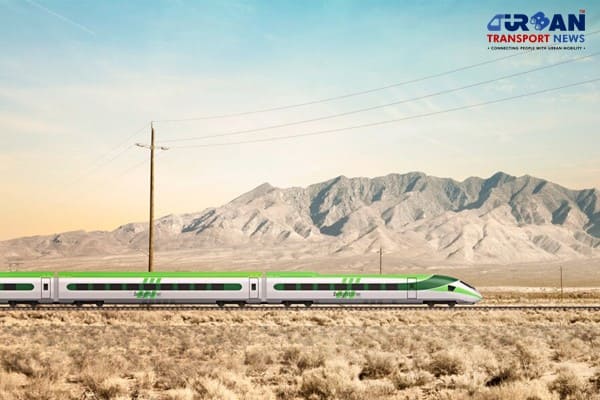 Qatar approves Saudi Rail Link Agreement, Accelerating Gulf Railway Vision 2030
Qatar approves Saudi Rail Link Agreement, Accelerating Gulf Railway Vision 2030 UP Govt plans to introduce Water Metro services in Ayodhya, Varanasi & Prayagraj
UP Govt plans to introduce Water Metro services in Ayodhya, Varanasi & Prayagraj India’s First Urban Ropeway begins Trial Run in Varanasi, Set to carry 1 Lakh passengers daily
India’s First Urban Ropeway begins Trial Run in Varanasi, Set to carry 1 Lakh passengers daily India and Bhutan to Build First-Ever Rail Link: ₹4,033 Cr Project to Boost Regional Connectivity
India and Bhutan to Build First-Ever Rail Link: ₹4,033 Cr Project to Boost Regional Connectivity Patna to launch Eco-Friendly Water Metro; Trial Run soon between Digha and Kangan Ghats
Patna to launch Eco-Friendly Water Metro; Trial Run soon between Digha and Kangan Ghats Air India Group set to launch Flights Operations from Navi Mumbai International Airport
Air India Group set to launch Flights Operations from Navi Mumbai International Airport Chennai to launch 25-Year Mobility Plan with Unified QR Ticketing and One-App Transit System
Chennai to launch 25-Year Mobility Plan with Unified QR Ticketing and One-App Transit System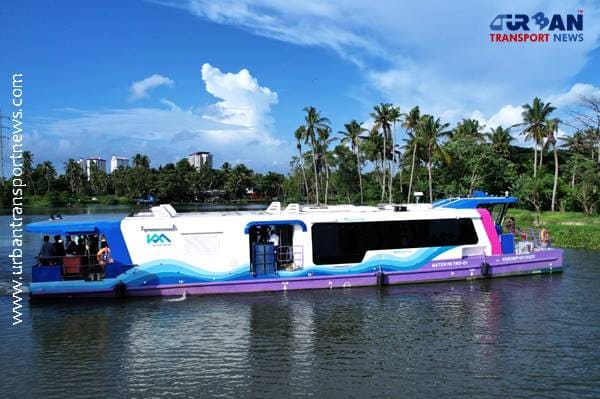 Kochi Metro bags ₹4.4 crore contract to prepare DPR for Mumbai Water Metro Proejct
Kochi Metro bags ₹4.4 crore contract to prepare DPR for Mumbai Water Metro Proejct Navi Mumbai International Airport set for September launch; IndiGo and Akasa Air to lead Operations
Navi Mumbai International Airport set for September launch; IndiGo and Akasa Air to lead Operations
The Latest Fleet Electrification Technology Trends
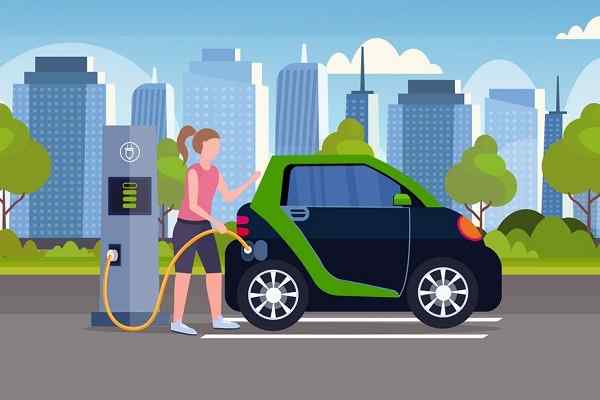
The progress of fleet electrification technology moves at two speeds — glacial and lightning. Decarbonization was low on the transportation sector’s agenda because the costs of upgrading to eco-friendly commercial vehicles to replace internal combustion engine (ICE) ones were eye-watering. However, stricter carbon emissions standards and tantalizing financial incentives have compelled organizations to innovate more quickly and be part of the solution as the world shifts to sustainability.
The availability of diverse technologies means there are multiple avenues to jumpstart vehicle decarbonization. Although fleet operators take various routes to embrace electrification, many trends illustrating the overarching direction the sector is going have emerged.
Resurgence of Battery Swapping
The concept of battery swapping is over 10 years old but failed to go mainstream due to unsuccessful attempts by tech companies, including Tesla. Now, the service is getting a second wind.
Chinese smart electric vehicle (EV) manufacturer Nio has persevered and fine-tuned its battery-swapping model. After experimenting with various approaches for years, the multinational automaker has built an extensive 2,300-strong network across China and Europe.
Nio has invested heavily in customer experience. Its automated battery-swapping station replaces a depleted battery with a fresh one within three minutes while the driver is inside the vehicle.
This case study should inspire optimism among environmentally conscious fleet operators wanting to boost EV uptime and minimize idle resources for maximum productivity and profits. Nio’s success is contagious, emboldening more enterprises to give battery swapping a second chance. One of them is Ample.
Ample builds swap stations and assists automakers in retrofitting their EVs with its modular batteries. The company is open to working with independent drivers but primarily targets fleets. It has inked a deal with Stellantis to soup up 100 Fiat 500es used in the auto brand’s Free2Move car-sharing service in Madrid.
Proliferation of Zero-Emission Construction Machinery
Construction equipment manufacturers worldwide are aggressively adopting lithium-ion battery technology to transform traditionally diesel-powered earthmovers into emission-free heavy machinery.
LiuGong, Shandong Lingong, Hitachi, Kubota, Bobcat and JCB are leading the charge. They rolled out electric loaders, excavators, dump trucks, tracked dumpers, mini excavators and telescopic handlers. Some vehicles feature dynamic charging, allowing the machine to draw power from an onboard energy supply system while charging.
Unlike hybrid construction assets, electric models are engineless and support rigid body designs. More compact vehicles benefit equipment lessors because they should be able to house more rentals without acquiring more real estate.
Normalization of High-Power Charging
Direct current (DC) charging ports with combined charging system (CCS) connectors can deliver up to 350 kilowatt-hours, which is powerful enough to adequately charge EV batteries in minutes. Although heavy-duty electric trucks — such as the Freightliner® eM2 and eCascadia — still need about 60-90 minutes to recharge from 0% to 80% due to their larger battery capacities, high-power charging is nevertheless game-changing.
Charging infrastructure builders like Electrify America have been building stations coast to coast. They help ease the understandably persistent range anxiety of battery-electric commercial truck operators within the contiguous United States. Hyper- and ultrafast public chargers on highways and rest stops marry e-mobility with long-haul trucking, which usually involves spending days on the road and traversing vast expanses of empty land.
Not even the most advanced EV chargers can outpace high-speed diesel dispensers yet. Still, the widening coverage of high-power charging stations renders the prospect of battery electric truck drivers running out of juice in the middle of nowhere less likely.
Minimal interoperability is a notable roadblock to high-power charging. Not all EV models are compatible with CCS connectors, for many new electric fleet vehicles continue to use other standards. For instance, LiveWire all-electric motorcycles support DC fast charging but work only with J1772 chargers.
Rise of Mobility-as-a-Service (MaaS) Apps
Vehicle electrification can spur shared mobility worldwide because most consumers find EVs cost-prohibitive. Automakers should be able to drive prices down by establishing reliable supply chains and constructing plants with excellent economies of scale. However, many legislators push for shared mobility rather than car ownership.
The Inflation Reduction Act is a stellar example. This U.S. law offers tax benefits to buyers of electric cars, sports utility vehicles, vans, and pickup trucks partially assembled or completely made in North America. However, the legislation’s final assembly requirement disqualifies most models on the market and renders the tax credits out of reach of consumers.
Businesses are an exception to the rule. Enterprises can claim the $7,500 credit even if they source EVs produced outside the continent and have critical minerals extracted, processed or recycled in the U.S. or any country with which the union has a free trade agreement.
Ultimately, the Inflation Reduction Act financially incentivizes auto dealers to build fleets of EVs for lease and pass down the savings to consumers. Only time will tell whether shared mobility will become the norm, but the rosy global MaaS market outlook suggests it will likely pan out. Auto industry experts expect it to balloon from $5.7 billion in 2023 to $40.1 billion in 2030, expanding at a staggering compound annual growth rate of 32.2%.
Leasing, ride-hailing, micromobility, buses and trains will be more widespread in the future, giving many consumers fewer reasons to own EVs privately.
Dawn of Vehicle-to-Grid (V2G) Technology
V2G renders electric fleet vehicles bidirectional, allowing them to send electricity to the power grid. This technology enables EVs to convert DC to alternating current — the standard type of electricity flowing through grids.
Supplying surplus energy to the grid will enable fleet owners to receive credits in jurisdictions where utilities support net metering billing arrangements. Operators can use time-of-use schedules to determine the optimum hours to sell electricity and maximize earnings.
Bidirectional cars and trucks are an energy resource. Incorporating them into an existing fleet creates an additional incentive to invest in a solar array, generate as much renewable energy as possible in-house and participate in virtual power plants. This electricity overproduction could swell the coffers instead of going down the drain.
This tech is ready for prime time. The number of bidirectional EV models is growing yearly, and fleet owners will soon have dozens of options.
The key is adopting V2G-supported vehicles in phases instead of revamping the whole fleet in one go. Car and truck electrification innovations advance quickly and regulators can be fickle. The world is in the arduous process of decarbonization, and transitioning to sustainability should be purposeful. A healthy mix of legacy ICE assets and bidirectional vehicles enables fleet operators to adapt to changes, reduce carbon emissions and conserve capital.
Fleet Electrification Trends Offer a Glimpse of the Future
Fleet vehicles are evolving rapidly. While it is impossible to keep up with all the innovations happening in the space, they culminate in these electrifying trends. If they can sustain themselves, the future of motoring and logistics will undoubtedly be green.





